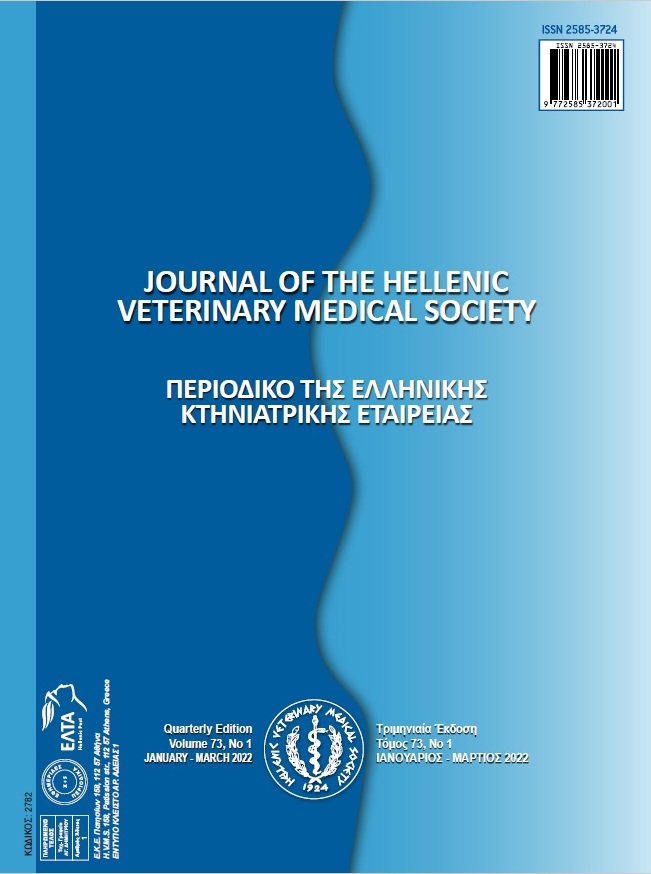Ameliorative effects of L-carnitine on florfenicol-induced hepatotoxicity in broilers
Аннотация
L-carnitine is a non-essential amino acid derivative naturally occurring and widely distributed in nature. It received a growing interest in its potential uses as a medicinal agent possess protective effects that postulated to be related to its antioxidant action. This study was aimed to evaluate the ameliorative role of L-carnitine on florfenicol induced hepatic toxicity in broilers. A total of 150 broiler chicks were grouped into 6 groups each of 25 chicks. Group one was kept as a control group, while group two and three were treated with florfenicol and L-carnitine, respectively. Group 4 was pre-treated with L-carnitine for three days before florfenicol administration. Groups five and sex were cotreated with L-carnitine and florfenicol and post-treated with L-carnitine for three days after florfenicol administration, respectively. The biochemical analysis, liver indices, antioxidant profile, and histopathological examination were performed to evaluate its ameliorative effects. Results emphasized that florfenicol induced hepatic toxicity in broilers and L-carnitine can ameliorate its action when its usage preceded the florfenicol or when they were used together which reflected by an enhancement in liver indices, antioxidant profile, and histopathological findings. As far as we know this the first study confirming the ameliorative potency of L-carnitine on florfenicol-induced hepatotoxicity.
Article Details
- Как цитировать
-
Haggag, N. A., Aziz, M. A., Zahra, A. E. A., Belih, S. S., & Khalifa, H. O. (2022). Ameliorative effects of L-carnitine on florfenicol-induced hepatotoxicity in broilers. Journal of the Hellenic Veterinary Medical Society, 73(1), 3605–3612. https://doi.org/10.12681/jhvms.24660
- Выпуск
- Том 73 № 1 (2022)
- Раздел
- Research Articles

Это произведение доступно по лицензии Creative Commons «Attribution-NonCommercial» («Атрибуция — Некоммерческое использование») 4.0 Всемирная.
Authors who publish with this journal agree to the following terms:
· Authors retain copyright and grant the journal right of first publication with the work simultaneously licensed under a Creative Commons Attribution Non-Commercial License that allows others to share the work with an acknowledgement of the work's authorship and initial publication in this journal.
· Authors are able to enter into separate, additional contractual arrangements for the non-exclusive distribution of the journal's published version of the work (e.g. post it to an institutional repository or publish it in a book), with an acknowledgement of its initial publication in this journal.
· Authors are permitted and encouraged to post their work online (preferably in institutional repositories or on their website) prior to and during the submission process, as it can lead to productive exchanges, as well as earlier and greater citation of published work.



